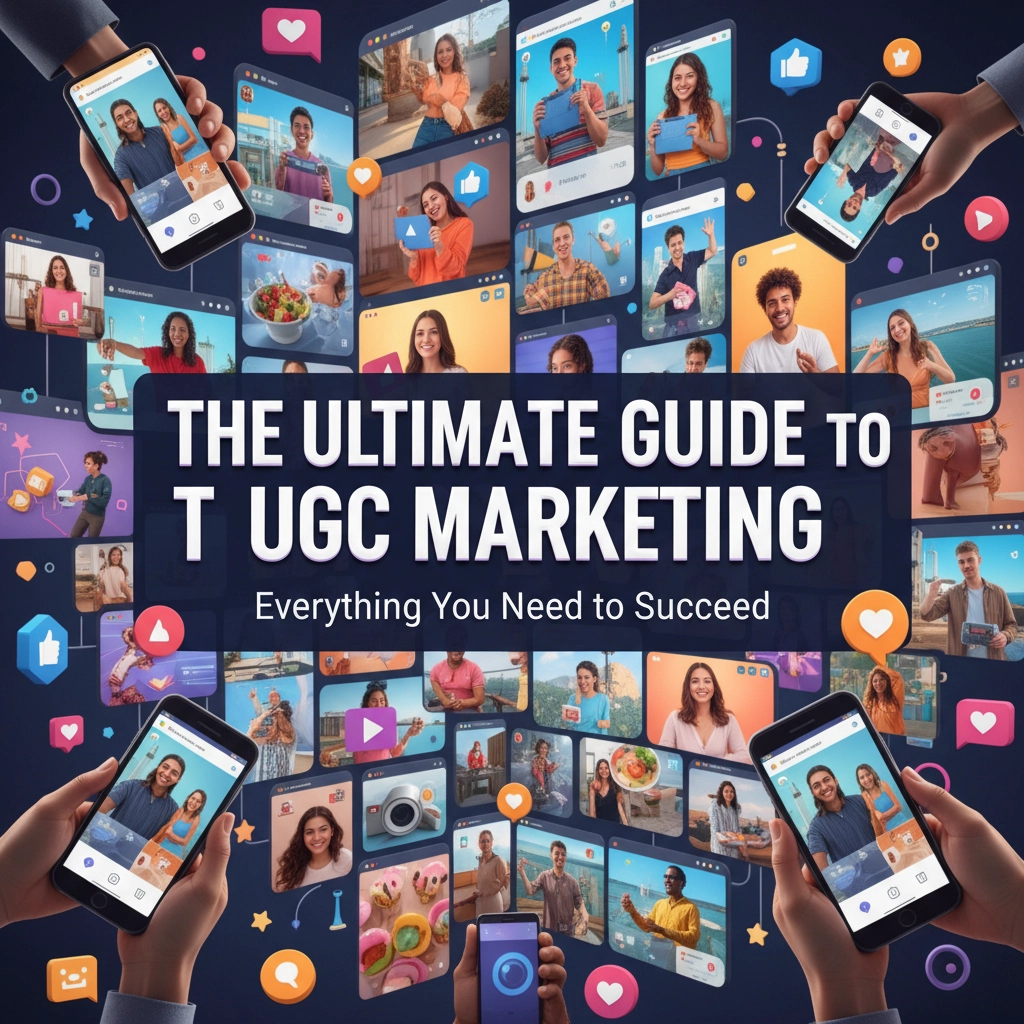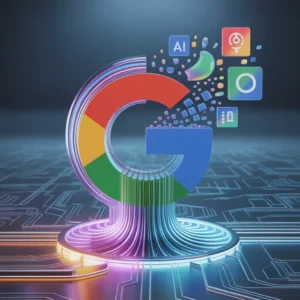Ever wonder why that random customer's Instagram photo of your product gets more engagement than your professionally shot campaign? That's the power of user-generated content (UGC) – and it's completely changing how smart brands connect with their audiences.
UGC is any content created by your customers, fans, or followers that features your brand. We're talking photos, videos, reviews, social posts, and even podcasts where real people share their genuine experiences with your products or services. Unlike polished brand content, UGC feels authentic because it is authentic.
Here's the thing that'll blow your mind: consumers trust other consumers 92% more than they trust advertising. When someone sees their friend posting about your brand, that carries way more weight than your latest ad campaign. That's not just marketing theory – that's human psychology at work.
Why UGC Marketing Actually Works (And Why You Need It)
Let's cut through the noise and talk real benefits. UGC marketing isn't just another trendy buzzword – it delivers measurable results that directly impact your bottom line.
Trust builds faster when people see real customers using your products. Think about it: would you rather trust a glossy ad or a genuine review from someone who actually bought and used what you're selling? The answer's obvious.

Engagement rates skyrocket with UGC because people connect with authentic content. Your audience doesn't just scroll past – they stop, they comment, they share. That organic interaction is marketing gold you can't buy.
Content creation becomes sustainable when your customers do the heavy lifting. Instead of constantly brainstorming new campaign ideas, you're curating the endless stream of content your happy customers naturally create. It's like having a content team that works 24/7 for free.
Sales increase because UGC provides social proof at the exact moment potential customers need it most. When someone's on the fence about buying, seeing real people love your product pushes them over the edge.
Here's something most brands miss: only 16% provide clear guidelines about what content they want, but 53% of consumers actually want those instructions. That's a massive opportunity sitting right there waiting for you to grab it.
Building Your UGC Strategy From Scratch
Starting a UGC strategy isn't complicated, but it does require some planning. You can't just hope customers will magically start posting about you – though some will.
First, get crystal clear on your goals. Are you trying to boost brand awareness? Drive more sales? Grow your social following? Your objective shapes everything else. If you want awareness, focus on getting people to use your branded hashtag. If you want sales, prioritize reviews and product demonstrations.
Choose your platforms wisely. Instagram and TikTok work great for visual content – photos and videos that show your products in action. Twitter and LinkedIn lean more toward conversational content and professional testimonials. Don't try to be everywhere at once.

Create guidelines that actually help people. Tell your audience exactly what you're looking for. Want photos of people using your product? Say that. Prefer video testimonials? Be specific. The clearer you are, the better content you'll get.
Sarah from a small jewelry business learned this the hard way. She launched a contest asking for "creative posts" about her earrings. The entries were all over the place – some people posted outfit photos, others shared unboxing videos, and a few just wrote text posts. When she relaunched with specific instructions asking for "photos of you wearing our earrings in your favorite location," the quality improved dramatically.
Incentivize participation because people need reasons to create content for you. This doesn't always mean big prizes – sometimes recognition, features on your main account, or small discounts work just as well. The key is making participation feel worthwhile.
Creating UGC Campaigns That Actually Generate Content
Running successful UGC campaigns is part science, part art. The science is understanding what motivates people to participate. The art is making it feel natural and fun.
Contests and challenges work because they tap into people's competitive nature and desire for recognition. Launch a photo contest where users post pictures using your product to win prizes. Make the rules simple and the prizes attractive. A travel company might ask for best vacation photos featuring their luggage, offering a free trip to the winner.
Branded hashtags are your best friend for campaign tracking and community building. Create something memorable and unique to your brand. Apple's #ShotOniPhone campaign from 2015 is still going strong because it's simple, clear, and gives photographers a reason to show off their skills.
Here's what successful campaigns have in common:
- Clear instructions that leave no room for confusion
- Attractive incentives that match your audience's interests
- Easy participation that doesn't require special skills
- Built-in sharing mechanisms that amplify reach
- Genuine engagement with participants (not just automated responses)

Find your loyal customers and treat them like gold. These people already love your brand and will gladly create content if you ask nicely. Search through tagged photos, explore your branded hashtags, and engage with people who are already posting about you organically.
Make sharing irresistible by creating moments worth posting about. Maybe it's unique packaging, a surprise note with orders, or an Instagram-worthy setup in your physical store. Give people something they actually want to share with their networks.
Measuring Success and Avoiding Common Pitfalls
You can't improve what you don't measure. Track the metrics that actually matter for your goals, not just vanity numbers that look good in reports.
Volume matters – how much content are people creating? But quality matters more. Ten genuinely enthusiastic posts often deliver better results than fifty mediocre ones.
Engagement tells the real story. Are people liking, commenting, and sharing UGC? High engagement means the content resonates with your audience.
Website traffic and conversions connect UGC directly to business results. Use tracking links and analytics to see which content drives actual visits and sales.
Brand sentiment shows how people really feel about you. Are the mentions positive, negative, or neutral? This helps you understand your brand perception beyond just quantity metrics.

Watch out for common challenges that trip up even experienced marketers. Always get permission before reposting someone's content – a quick DM asking "Can we share this on our account?" prevents legal headaches and shows respect.
Moderate content without killing authenticity. Not every piece of UGC deserves to be shared, but don't be so picky that you lose the genuine feeling that makes UGC powerful.
Handle negative content professionally and quickly. A thoughtful response to criticism can actually strengthen your brand if handled right. Address concerns, offer solutions, and show you care about customer experiences.
Scale intelligently as you grow. Managing hundreds of pieces of UGC requires better systems than handling a few posts manually. Invest in tools and processes before you're overwhelmed.
The beauty of UGC marketing is that it turns your customers into your marketing team. When done right, it creates a cycle where great products lead to happy customers who create content that attracts more customers who create more content.
What's stopping you from turning your next customer into your next content creator?







